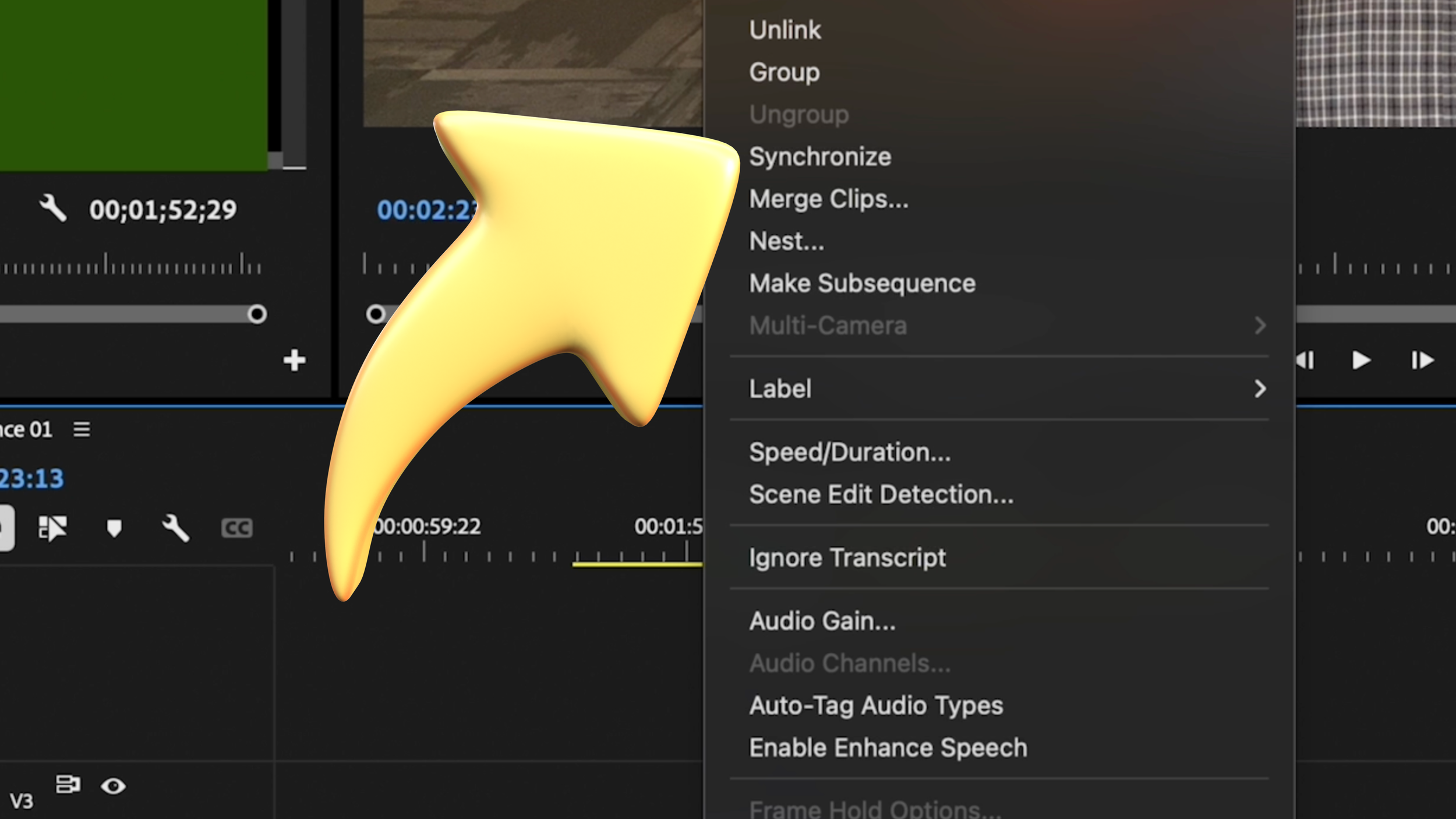My Thoughts: Hands-On with the Blackmagic Pocket Cinema 6K G2
When BlackMagic graciously offered to send me a Blackmagic Pocket Cinema 6K G2, I felt a little lightheaded. This was the first time a major company, one that I already knew and respected, offered to send me one of their products for review. (I am still new to this whole thing… Tom has been doing it for years.) Questions swirled in my head: “How am I in any way equipped to do something like this? What happens if I break it? Do I have to have my thoughts and reflections on the product edited before I post it?”
I'll answer the first question last, but as for what happens if I break it… I'll have to buy it. That was clearly spelled out, so I started out using this device with utmost caution. As for the issue of having my true impression edited before sharing, absolutely not. BlackMagic simply wanted to ensure that I had a one-on-one session with one of their experts to answer any questions I might have. My time with Bob Caniglia via Zoom was a delightful learning experience. To hear more from Bob, check out Tom’s interview with him at #NAB2023 here.
Regarding my preparedness for this task, I'd say that my lack of expertise makes me uniquely qualified to evaluate this piece of gear for the novice to intermediate user—likely where many of your students stand. If you have expert-level students, congrats! I'd suggest having them create a series of tutorials on how to use the gear. If you, like me, feel you're stumbling your way through this whole video and film teaching experience, then hopefully this submission will be of help.
I began by creating the obligatory “unboxing” video. Being a complete noob in this area, I want to credit Sofia Eraydin, one of my recently graduated students, who directed and technically led the unboxing. You can watch the video and get my initial thoughts on our YouTube channel by clicking the image. In that video, you can witness my palpable excitement about opening up the Pocket Cinema 6K G2—an excitement that waned when I attached the only lens I had available, the stock lens that came with my Canon EF-S 18-135mm f/3.5-5.6 IS Lens. Disappointing, to say the least.
It quickly became apparent that the camera, despite feeling great in my hands, was limited by the lens. Once I got home, I borrowed my wife’s Sigma 35mm f/1.4 DG HSM Art Lens for Canon EF (not an affiliate link, just a way for you to get more information). The quality of my experience transformed dramatically, underscoring that it's usually the lens that makes the biggest difference in image quality. Being a prime lens, this allowed me to control the iris and focus externally—a significant improvement over the stock Canon lens.
I put the camera and Sigma lens to the test at a campus tennis match. Using a cinema camera to capture a fast-paced sporting event—especially without a tripod—was challenging, but it exceeded my expectations. Stuck behind a chain-link fence, I couldn't capture tight shots of the players, so I changed the image sensor from 4K to 1080, effectively doubling the “zoom” of the camera. Again, this was a prime lens, so there was no actual zoom. This simply cropped the image to twice the proximity without losing any quality.
The camera's weight aided the stabilization process. Of course, I should have used a tripod, but for a quick run-n-gun situation, this camera did not disappoint. It was particularly useful when shooting a news package on our AP Art students the next day. The 6K G2’s XLR audio ports made capturing high-quality interviews easy, which you can hear on our school YouTube channel at this link.
A key question for me was the battery life. Anyone familiar with the 4Ks knows that power was their Achilles heel. Thankfully, the shooting time of the G2 greatly surpasses that of its predecessors. The batteries are readily available and affordably priced. It's also easy to find a charger to power up a few extras while shooting with one. This model uses the NP-F570, which, according to Blackmagic, gives about 60 minutes of recording time when capturing video at 6K Raw. I already had a few of these batteries on hand because the battery grips for my 4Ks use the same type.
As for my inexperience, I didn't shoot in Raw or do any color grading for two main reasons: 1) I don't fully understand Resolve yet and 2) in-depth color correction isn't necessary for our news-related work, which requires a quick turnaround. However, I've seen how the Raw option allows for impressive corrections. If you're producing a creative, narrative film or a documentary, Raw would give you the versatility needed to realize your creative vision.
The camera's weight, significantly more than the 4K, was a positive aspect—it simply feels better in the hand. The buttons are well-placed, and the display menu is very easy to navigate—true of every Blackmagic product I've used so far. If I had a critique, it would be to replace the CFast slot with another SD slot for relay recording. That's a plea from us video and film teachers, who can afford a few extra SD cards but not the costly CFast card.
To conclude, it was with heavy heart that I packed the camera back into its box and shipped it off. However, I must confess that I felt quite cool when I informed the FedEx person that I was shipping something to Blackmagic Design in California. Of course, they didn't grasp just how cool I thought I was.
Recently, I was discussing this with Tom and said, “I really like Blackmagic products, but I love their price point.” Blackmagic is perfectly positioned for creators, educators, and, I'd say, houses of worship. Their products work, they look good, and they offer great customer support. If you get a chance to spend some time with the Pocket Cinema 6K G2, I believe you'll find it to be a great camera at a fantastic price—a sound investment for your video/film program.
For more technical information than I've offered, I strongly encourage you to visit Blackmagic’s site and check out the specs at this link: Blackmagic Design Pocket Cinema 6K G2 Tech Specs.
Finally, I want to give a special thanks to Grace at Blackmagic for facilitating this opportunity. Again, Blackmagic had no input on my thoughts about the product and, sadly, they even took it back. My only gain from this experience was a growing fondness for their product. Until next time.
Meet the Author, Josh Dempsey
Josh Dempsey is a video and film teacher at Marietta High School in Marietta, Georgia. With nearly 20 years of experience in the classroom, Josh is just as excited as his students to keep learning about the power and possibilities of this visual medium. He invites you to follow his students and their work online by following them on social media @bdn_marietta.
Josh loves traveling with his wife, Megan, and their two kids, and more pets than should be allowed. If you want to follow their adventure and get some tips and tricks for RV travel and epic road trips, check them out on Instagram at https://www.instagram.com/eastrollswest/.










Got shaky footage? No problem! In this quick tutorial, learn how to use Warp Stabilizer in Adobe Premiere Pro to smooth out your shots effortlessly.